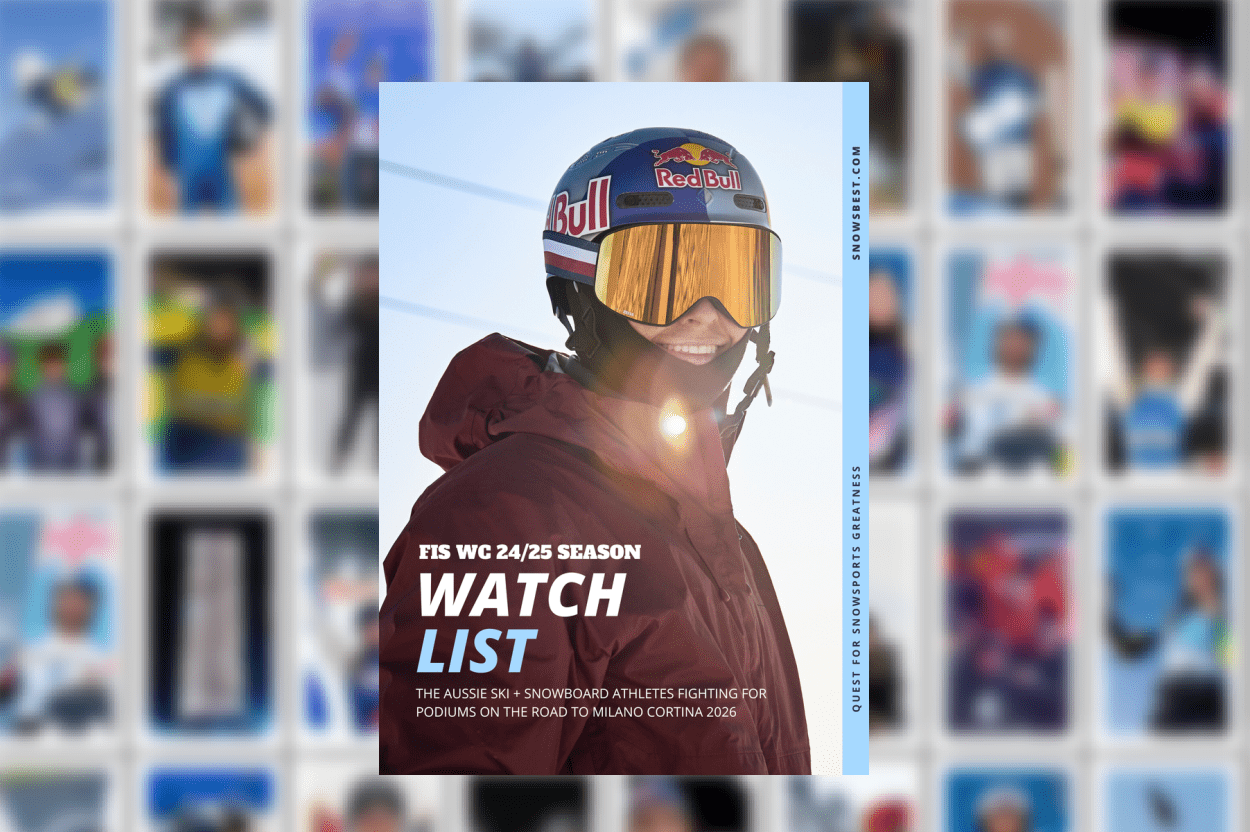If you visited Niseko in the past decade you would have found a very different ski town to what you find now. How Niseko got it’s groove back. By Emily Harding from NISEKO PHOTOGRAPHY and Guiding.
Think Niseko and think…. Layers and layers of the softest, fluffiest powder snow in the world? Magical woodland runs? Brightly lit slopes contrasting against the night sky?
Of course all of this is true and all very much a massive draw year on year for westerners and now the affluent holiday-makers from Asia, looking for their yearly dose of reliable powder snow (up to 17 metres a season) and luxury. But the region hasn’t always been such a sure fire hit.
Back in March 2008, Niseko sprung into the Forbes top 10 Snowiest Resorts (#2 based on snowfall alone), and ever since, it’s popularity, has been un-waivering from beginners to advanced and expert skiers and riders.
Lift prices were originally half the price of Australian resorts and Japan is both easy to get to and offers little jet lag due to minimal time difference for Australians and Asians. Plus the altitude is low so no altitude sickness. The resort also offers a backcountry gate access system for the adventurous snow lover looking for bottomless powder away from the crowds.
One turn and you can find yourself in waist high fresh powder, navigating trees and back bowls. Though be warned, don’t go without a guide or at least be knowledgable in backcountry safety yourself.
NIseko’s meteoric rise to the top 10 has not been without some controversy. As more and more Australians visited Niseko from the early 2000s many began settling down and started investing in businesses and accommodation in the area.
This unquestionably kick-started the economic growth of the town and Japan ski industry but it brought with it the stereotypical Australian on tour with disturbances in town and alcohol-fuelled fights and brawls in certain bars becoming commonplace. Visitors to the region began to question the magic of the resort and many felt it had lost its Japanese charm and culture.
With the later sale of Hanazono from Australian investors to Chinese investors came the dilution of the Australian influence as those in the Asian market were also looking for a ski region close to home and a short flight away. Then the earthquake and Furoshima nuclear plant breakdown happened and visitor numbers lowered.
Three years on and recent luxury developments and more Singapore and Hong Kong dollars have helped to both turn the image of the resort around and lure visitors back again in larger numbers. Shiki Niseko and many more hotels, apartments and houses, some currently under construction including a Park Hyatt hotel and YTL Hotels Niseko Village new terrain and upgrades are catering to a more discerning ski market. Think Aspen with a rising sun.
Many of these new developments have all focused on offering an experience rich in local culture and try to support the traditions of the local area whilst offering high end service to the newly interested international markets. The world has now taken notice as Niseko has matured into it’s own character and personality. The Financial Times recently reported Niseko as no longer looking to ‘ape’ international resorts but now offering an increasingly Japanese experience.
Luxury has officially replaced the western ‘riff raff’ element that gave the resort the questionable name as it was growing. Now Niseko is officially experiencing a second coming and it’s only getting better.
But one thing remains the same, the powder, lots and lots of powder, the driest on the planet. That will never change.
Emily Harding works for Niseko Photography and Guiding. If you’re visiting Niseko book in for a guided adventure with Emily and owners Elsie Nielsen and Darren Teasdale and follow them on Facebook. You won’t regret it!






































